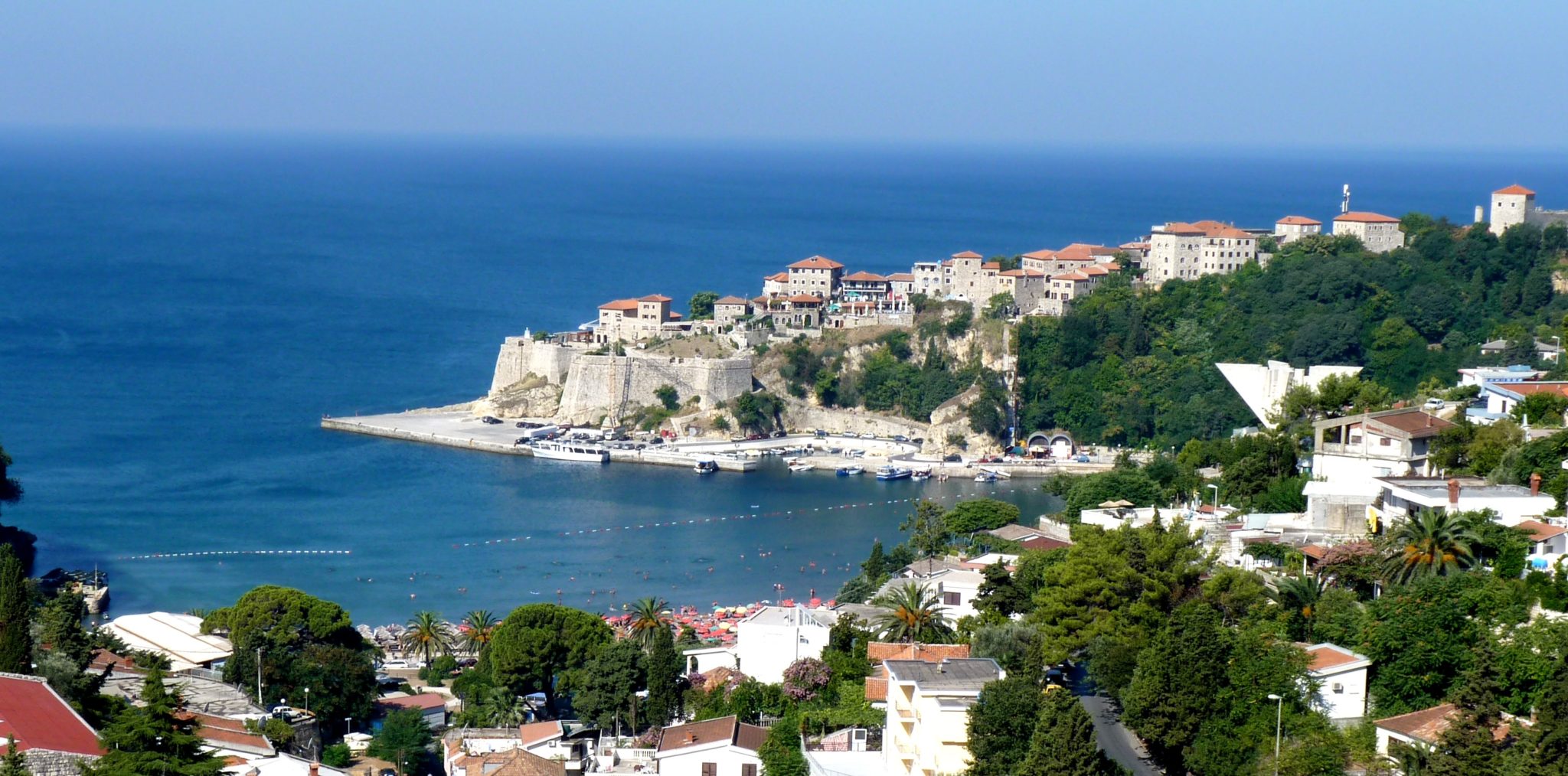Can cities stop wars? Local leadership in the Western Balkans

Daniel Hooton, Project Coordinator at ISD, argues that this month’s anniversary of the Srebrenica massacre serves as a grim reminder of the consequences of escalated ethnic, religious and nationalist tensions in the Western Balkans. As the region readies itself for the anticipated return of foreign fighters following the collapse of the Daesh Caliphate, we must look to local approaches for an effective response which could prevent isolated violence from having far-reaching consequences.
Estimates suggest up to 950 fighters have travelled to join Daesh from across the Western Balkans, a substantial proportion of the overall European contribution numbering some four to five thousand. While Western European countries have seen high numbers, especially in France and Belgium which have the highest per capita rates, the concentration of those from the Western Balkans is significant. Most come from just four countries – Albania, Bosnia and Herzegovina, Kosovo and Macedonia.
Compounding concern locally and internationally, the challenge, not only of preventing the spread of extremist violence, but also of dealing with those returning from Syria and Iraq is itself significant. It falls to a region beset by complex and pervasive tensions spanning religious and ethnic divides, political instability and resurgent nationalism.
With forty cities across the region now part of the Strong Cities Network, a collaboration of more than one hundred cities worldwide working together to prevent community conflict and polarisation on a peer support basis, mayors and frontline practitioners are shaping a fresh consensus that puts cities and local experience at the fore.
Last month, leaders on security, integration and hate crime from across ten municipalities in Kosovo, Montenegro and Serbia met in the Montenegrin town of Ulcinj on the Adriatic coast as part of a Strong Cities Network workshop to support the design of locally developed action plans. On issues from foreign fighters to media relations, youth outreach and social work, the experiences of these local practitioners shines a light on what’s happening in the Western Balkans and why it matters further afield.
Worryingly, their experiences reveal that the foreign fighter phenomenon is not restricted to Islamist ideological currents. Many cities are now experiencing the parallel and yet far less reported rise of far right nationalist extremism, as foreign fighters of an altogether different creed travel to Ukraine to take up arms.
Local experience shows that these groups are neither ideologically homogenous nor is their threat evenly spread. On the Islamist side, a clear generational divide exists between those radicalised by the war in Bosnia in the nineties, and those of a younger generation motivated by a more dispersed set of factors additional to identity crises, which include family breakdowns, online grooming and often local, highly personalised grievances.
On the far right, limited research on foreign fighters in Ukraine suggests a diversity of motivations, not to mention origins. In the Western Balkans, just as those travelling to Ukraine come mainly from pockets across Serbia – some estimates suggest the country has contributed a hundred, far higher than its neighbours – so too on the Islamist side, foreign fighters have not only amassed from particular countries, but key towns have made disproportionate contributions relative to their populations. In these cases, poor local security infrastructure, poverty and social issues compounded by growing youth unemployment, and a backdrop of violence, drug and human trafficking and criminal cartels are commonly pervasive.
A sense of fragility across the region permeates discussions in Ulcinj, with local officials and activists one after another sharing their concerns that incendiary newspaper headlines could undermine hard-won progress and trust by reigniting community and ethnic conflict. Outside, as thousands of expats descend on the tiny town beach at the beginning of the holiday season, one man warns ominously that nobody can deny that at some point, an attack by either group could easily kill scores and puncture the past decade or more of relative peace. That it hasn’t happened yet, he says, or that holiday destinations on the coast have mercifully remained unaffected by simmering regional tension, only makes it a bigger target. The unspoken assumption is that just one incident could draw the region into broader conflict.
It is easy to succumb to bleak analyses that couch the region as a constant source of bottled tensions which threaten to undermine a fragile peace, all the more so when we reflect on the brutal, genocidal events of Srebrenica.
But to miss the local nature of each of these threats is to fail to recognise that there can be – and are – effective local responses which stand to prevent violence and pre-empt broader escalation by building bridges between communities and breaking down ‘us versus them’ narratives. More than that, this is a region rich in lessons which are fundamentally more about division, hatred and community conflict than they are about any one specific group or ideological threat. Acting on the basis of this experience can not only support improved efforts within the Western Balkans but inform approaches further afield, beyond the towns of Ulcinj, Berane, Novi Pazar or Prishtina.
